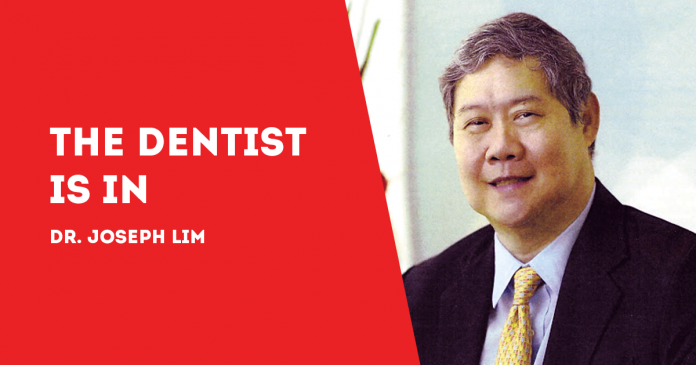
(By Dr. Joseph D. Lim and Dr. Kenneth Lester Lim, BS-MMG, DDM, MSc-OI)
NEW antibiotics may come from ancient teeth.
The teeth of a Neanderthal man may provide the material to make new antibiotics, Harvard University scientists say.
They are looking at bacteria found on the dental plaque that has hardened into tartar. The highest concentration of ancient DNA on any part of an ancient skeleton is found on tartar.
Bacterial DNA of a prehistoric human and preserved over thousands of years will hopefully provide a window into ancient human oral microbiome, or the hundreds of microbes found in the mouth. The scientists will study how the bacteria have evolved in the mouth of Neanderthals, one of the closest relatives of present-day humans.
“Dental calculus is the only part of your body that routinely fossilizes while you’re still alive,” says Christina Warinner, a biomolecular archaeologist at Harvard University who has developed a way to isolate billions of short DNA pieces.
“Bacteria are the source of virtually all our antibiotics — we really haven’t discovered any new major classes of antibiotics in the past couple years, and we’re running out,” Warinner told Live Science, adding that new methods provides the opportunity to look for potential antibiotics.
While ancient bacteria may have become extinct, Warinner can put together a few milligrams of tartar to compare or identify with known bacteria.
Warinner’s study, published in the journal Science, looked at tartar from 12 Neanderthals; 34 archaeological humans; and 18 contemporary humans who lived in Europe and Africa 100,000 years ago up to current time. Over 10 billion DNA fragments were reassembled into the bacterial genomes of 459 species.
Two species from a bacteria called Chlorobium were found in seven invididuals from the Upper Pleistocene-era who lived 126,000 to 11,700 years ago. These species are kind of strange to science as they do not resemble those that are known ones. However, they somewhat resemble C. limicola, a bacteria in water found in caves.
“These people that were living in these cave-associated environments got it in drinking water,” Warinner said.
Some of the ancient microbes are not found in modern mouths.
Today, intensive toothbrushing have minimized the presence of bacteria in the mouth, according to Warinner.
The Harvard scientists analyzed gene clusters to determine what enzymes the Chlorobium species produced. This information will help create new drugs.
That’s because these clusters, when inserted into live bacteria, produce two new enzymes that could help develop new antibiotics.
***
Dr. Joseph D. Lim, Ed. D., is the former Associate Dean of the College of Dentistry, University of the East; former Dean, College of Dentistry, National University; Past President and Honorary Fellow of the Asian Oral Implant Academy; Honorary Fellow of the Japan College of Oral Implantologists; Honorary Life Member of the Thai Association of Dental Implantology; and Founding Chairman of the Philippine College of Oral Implantologists. For questions on dental health, e-mail jdlim2008@gmail.com or text 0917-8591515.
***
Dr. Kenneth Lester Lim, BS-MMG, DDM, MSc-OI, graduated Doctor of Dental Medicine, University of the Philippines, College of Dentistry, Manila, 2011; Bachelor of Science in Marketing Management, De la Salle University, Manila, 2002; and Master of Science (MSc.) in Oral Implantology, Goethe University, Frankfurt, Germany, 2019. He is an Associate Professor; Fellow, International Congress of Oral Implantologists; Member, American Academy of Implant Dentistry and Fellow, Philippine College of Oral Implantologists. For questions on dental health, e-mail limdentalcenter@gmail.com./PN



